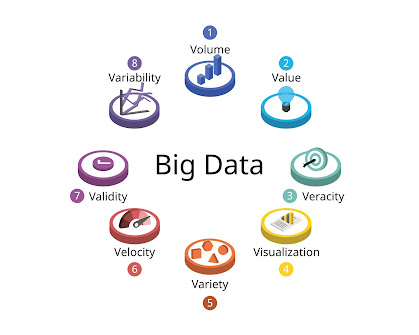Characteristics of big Data (4)
Veracity: Trusting the Data
Veracity is quite concerned with the trustworthiness and nature of the information provided. Nevertheless, the data is only reliable if it comes from a single source and is considered trustworthy not multiple sources or public platforms. Low-quality data in the form of inaccuracies, obsolescence, repetition of mistakes, or bias can swiftly result in the wrong understanding of the situation. Therefore, it is very necessary to fully understand the data source, and how purified or regularly checked the data is to be able to trust it.
As an example, let's take prediction analytics in a hospital that can be used to give the best treatment for a patient. If the data is going to have wrong patient records or information which is not updated from test results, the model could suggest dangerous or useless options. The same is true for a marketing case: Using information that is unreliable for your market research will lead to wrong audience targeting which is a waste of resources.
Maintaining veracity is one of the ways detection of errors in the data, cleaning, validation, and continuous monitoring can be exemplified. Aware of the fact that data bias or incompleteness continuously exist in the data, including aspects such as missing inputs, false reports, or misleading patterns, is also part of it. In order to prevent problems as much as possible (solving these problems along the way), companies implement a strategy of risk management that includes, among other actions, checking the trustworthiness of data sources, cross-verifying results with other reliable sources, and using AI tools that can detect inconsistencies. Accurate and reliable information leads to insightful decision-making and strategic planning.

.jpeg)


Comments
Post a Comment